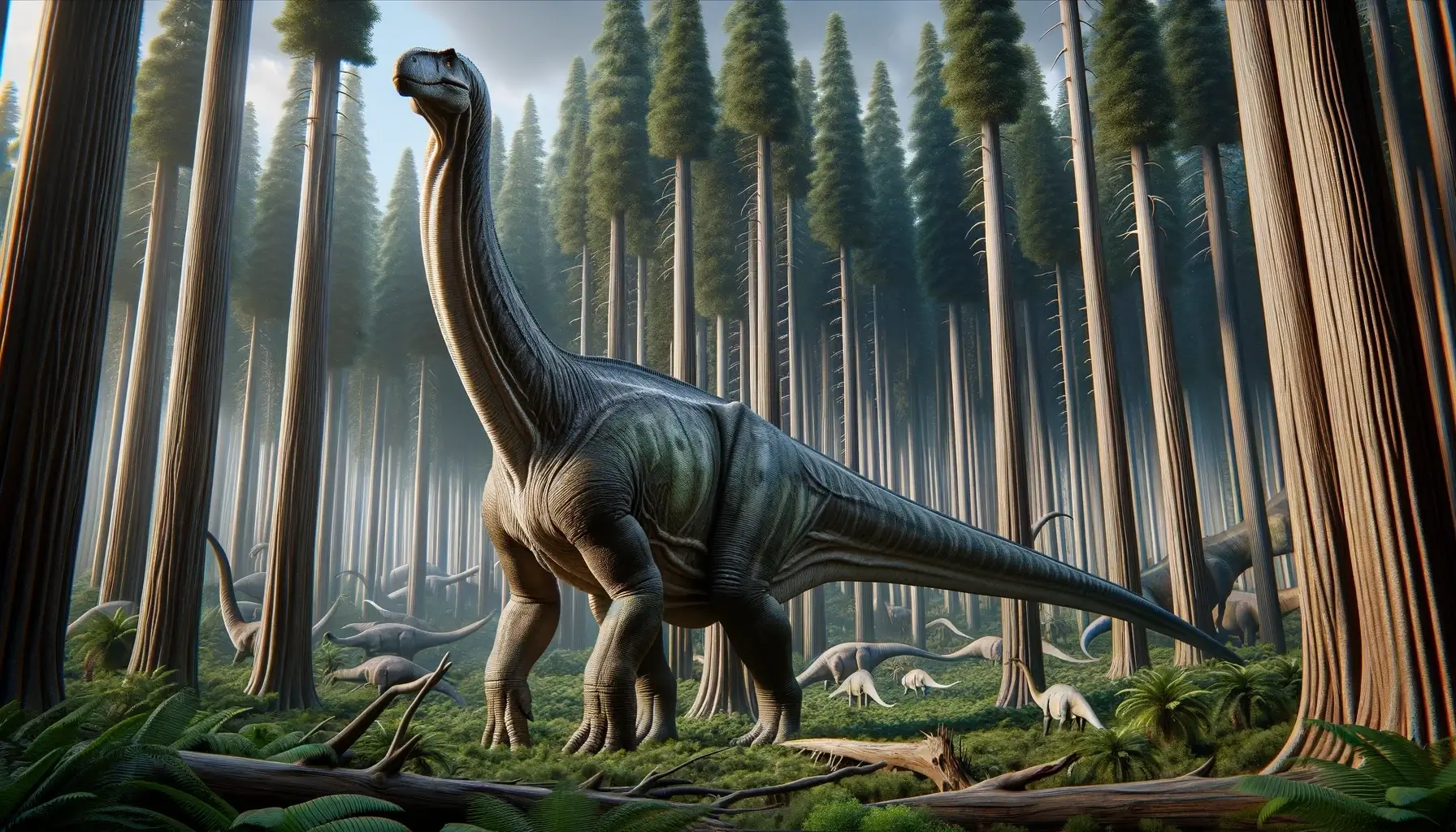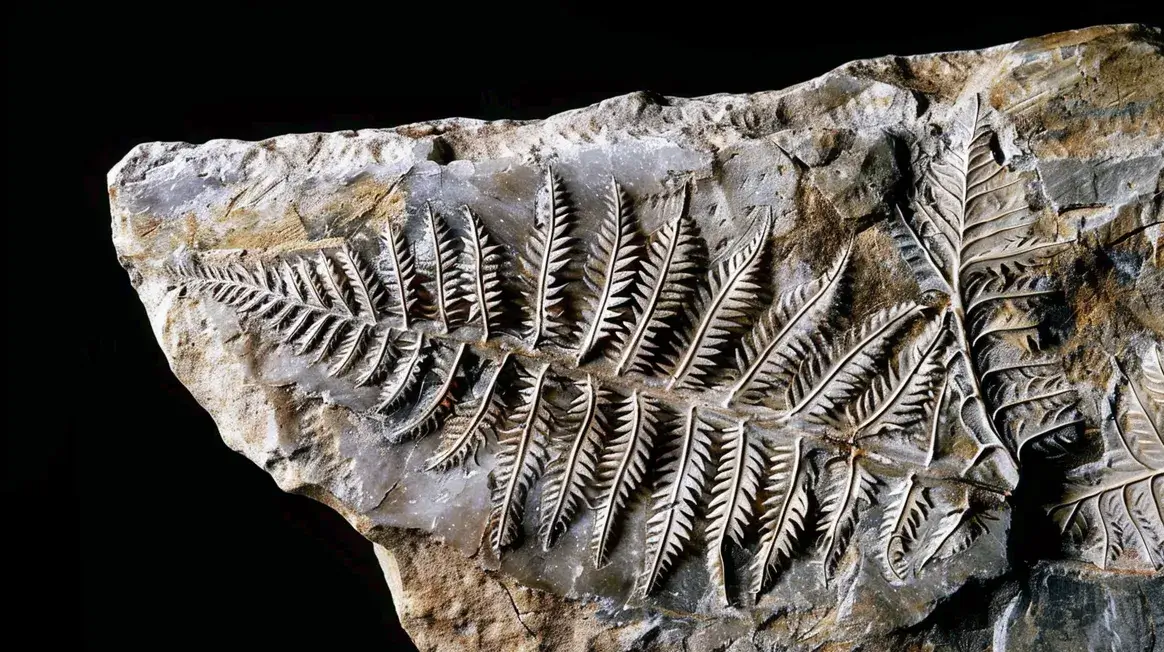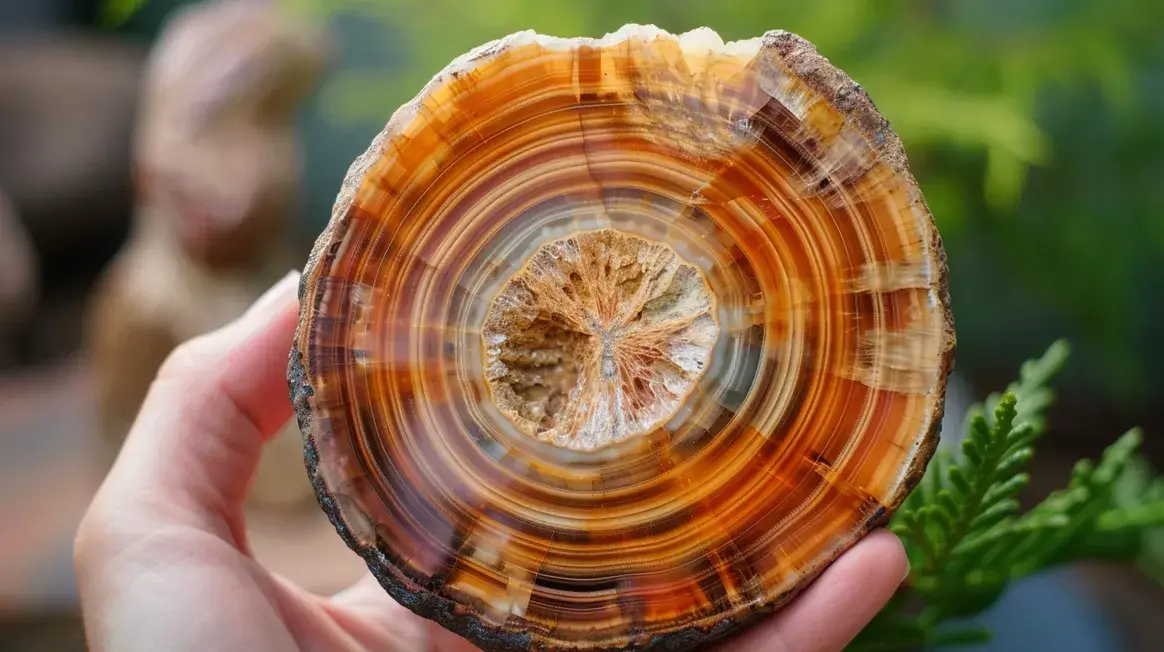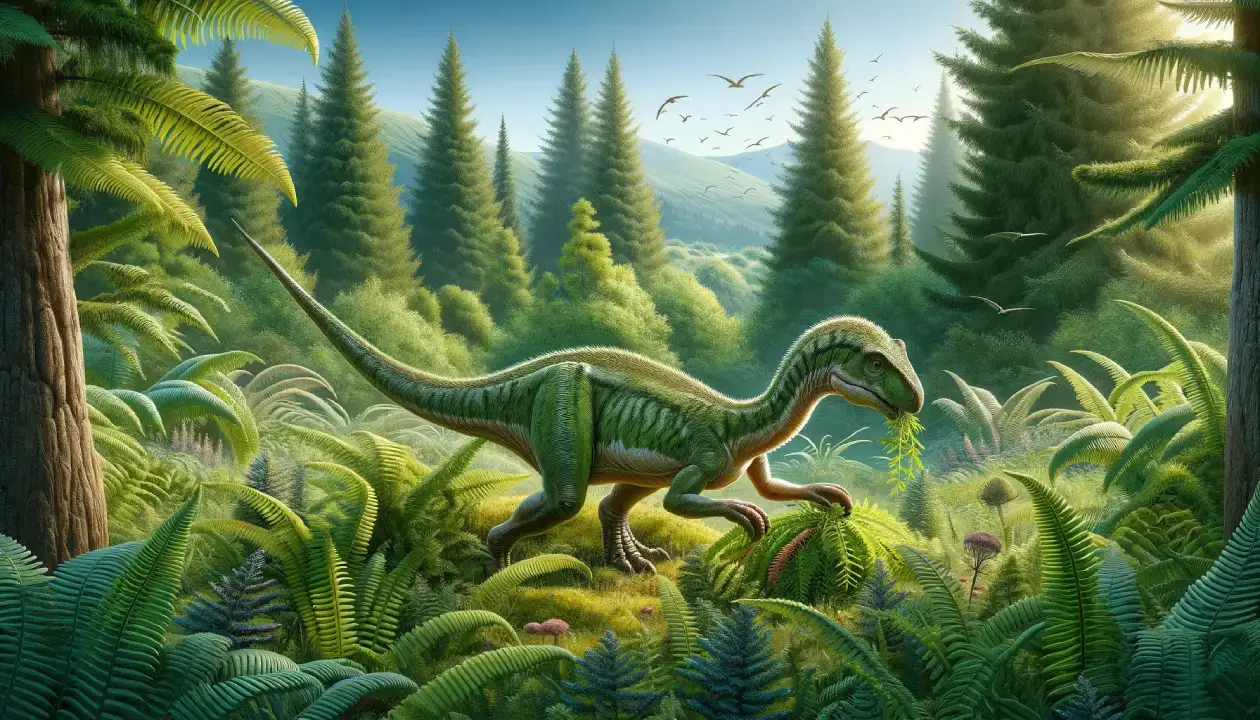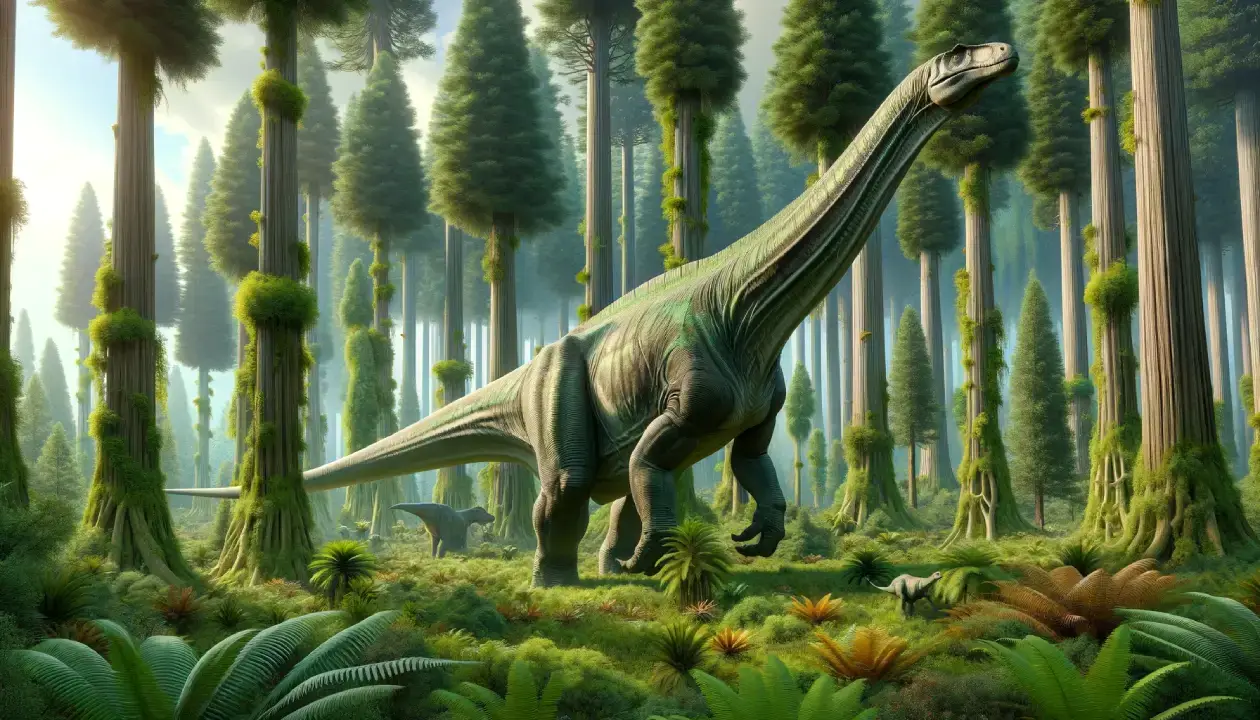Argentinosaurus was a colossal sauropod dinosaur that lived in what is now Argentina during the Late Cretaceous period, about 96 to 92 million years ago. It was one of the first dinosaurs to be discovered in South America, and its name means “Argentine lizard”. It had a long neck and tail, but also carried armor in the form of osteoderms. These were bony plates or spikes that covered its back and neck, and may have helped it defend itself from predators. It was a herbivore that fed on low-growing plants and had a small brain relative to its body size. Argentinosaurus is one of the largest known land animals of all time, perhaps the largest, measuring over 30 meters (100 feet) long and weighing over 70 tons (80 short tons).

Basic Information
| Feature | Details |
| Time Period | Late Cretaceous (96.2-92.2 million years ago) |
| Diet | Herbivore |
| Length | 30-35 meters (98-115 feet) |
| Weight | 65-80 metric tons (72-88 short tons) |
| Size | Gigantic |
| Posture | Quadrupedal |
| Locations | Argentina |
| Continent | South America |
| Type | Sauropods |
| Habitats | Grasslands, Floodplains |
Description of Argentinosaurus
Historical Context
Argentinosaurus was the first dinosaur to be discovered and named in Argentina, in 1993 by José Bonaparte and Rodolfo Coria. It was found on a farm near the city of Plaza Huincul, in Neuquén Province, by a farmer named Guillermo Heredia in 1987. He initially thought he had found some fossilized wood, but later realized it was a bone of a giant dinosaur. A scientific excavation of the site was conducted in 1989, yielding several back vertebrae, parts of a sacrum, a rib, and a fibula. Additional specimens include a complete femur and the shaft of another femur. Argentinosaurus was one of the largest and heaviest dinosaurs ever known, and a member of Titanosauria, the dominant group of sauropods during the Cretaceous.

Physical Attributes
Argentinosaurus was a gigantic herbivorous dinosaur that belonged to the group of sauropods, which were characterized by their long necks, long tails, and four-legged stance. Argentinosaurus had a broad, low-slung body with short legs and a long tail. Its head was wide and flat, with small eyes and nostrils that faced sideways rather than forward. Its jaws were covered with a horny beak and had small, peg-like teeth for cropping plants. Its most distinctive feature was its size, which was estimated to be 30-35 meters (98-115 feet) long and 65-80 metric tons (72-88 short tons) in weight⁵. It was one of the largest land animals of all time, perhaps the largest.
Feeding Habits
Argentinosaurus was a herbivore that fed on low-growing plants such as ferns, cycads, and horsetails. It had a broad muzzle that allowed it to take large bites of vegetation. It did not have complex teeth for chewing, so it swallowed its food whole or with minimal processing. It had a large gut that could digest tough plant matter with the help of symbiotic bacteria. Argentinosaurus may have used its long neck to browse on different levels of the forest canopy, avoiding competition with other herbivores.
Unique Features
Argentinosaurus had several unique features that distinguished it from other sauropods and dinosaurs. One of them was its size, which was larger than most other sauropods. It reached a length of 30-35 meters (98-115 feet) and a weight of 65-80 metric tons (72-88 short tons). Another unique feature was its posture, which was more horizontal than vertical. Argentinosaurus held its neck and tail parallel to the ground, rather than arching them upward or downward. This posture may have helped Argentinosaurus balance its massive body and reduce stress on its bones and muscles.
Movement and Speed
Argentinosaurus was not a fast or agile dinosaur. It walked on four legs and had a low center of gravity, which made it stable but also limited its mobility. It could not turn quickly or run for long distances. Its top speed has been estimated to be around 7 km/h (5 mph), similar to an elephant’s pace⁶. However, it could make sudden movements when necessary, such as raising its head or swinging its tail.
Cultural Impact
Argentinosaurus has been featured in many books, movies, games, and toys as a popular dinosaur. It is often portrayed as a gentle giant or a loyal companion for human characters. Some examples of its appearances in popular culture are The Land Before Time VII: The Stone of Cold Fire (2000), Jurassic Park III: Park Builder (2001), Dinosaur King (2007-2009), Jurassic World Evolution (2018), and Dino Dan: Trek’s Adventures (2013-2016).

Interesting Facts
- Argentinosaurus was the first dinosaur to be discovered and named in Argentina, in 1993.
- Argentinosaurus lived about 96.2 to 92.2 million years ago, during the late Cenomanian to early Turonian age, and are now known from fossils in the Huincul Formation of modern-day Neuquén Province.
- Argentinosaurus was one of the largest and heaviest dinosaurs ever known, and a member of Titanosauria, the dominant group of sauropods during the Cretaceous.
- Argentinosaurus had a long neck that was longer than any other sauropod except for Diplodocus. The neck had fifteen vertebrae that were elongated and flexible, allowing Argentinosaurus to reach high up in the trees for food.
- Argentinosaurus could crack its tail at over 200 decibels, louder than a gunshot or a jet engine. The tail could be used as a whip to fend off predators or communicate with other members of the herd⁷.
Related Dinosaurs
- Diplodocus: A close relative of Argentinosaurus that had a longer neck and tail and a more slender body.
- Brachiosaurus: Another close relative of Argentinosaurus that had a taller neck and a shorter tail and was one of the heaviest dinosaurs ever known.
- Barosaurus: A more distant relative of Argentinosaurus that had an extremely long neck and tail and was one of the longest dinosaurs ever known.

